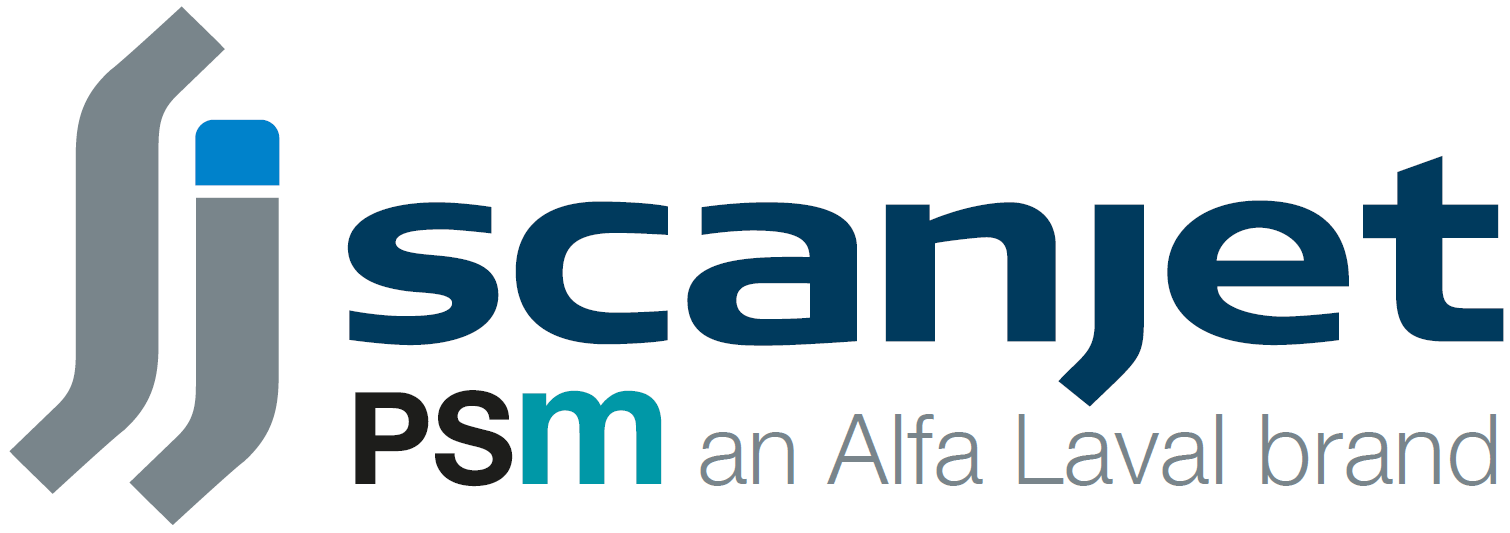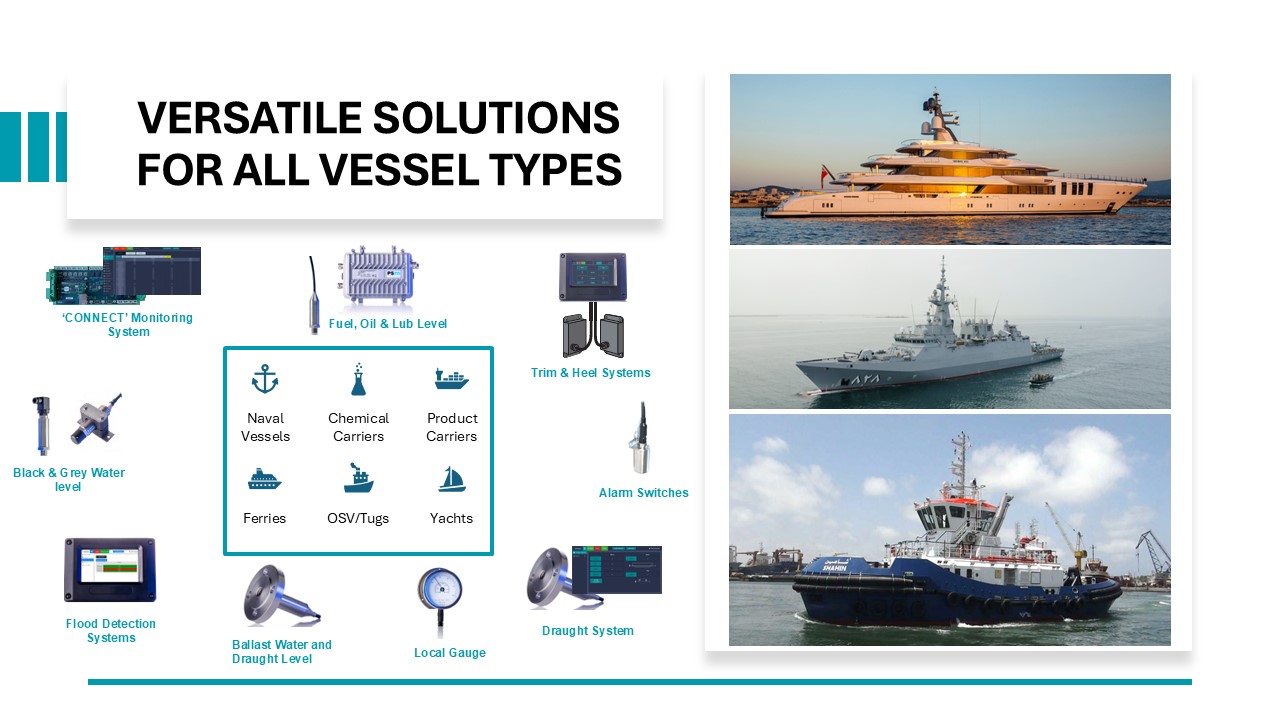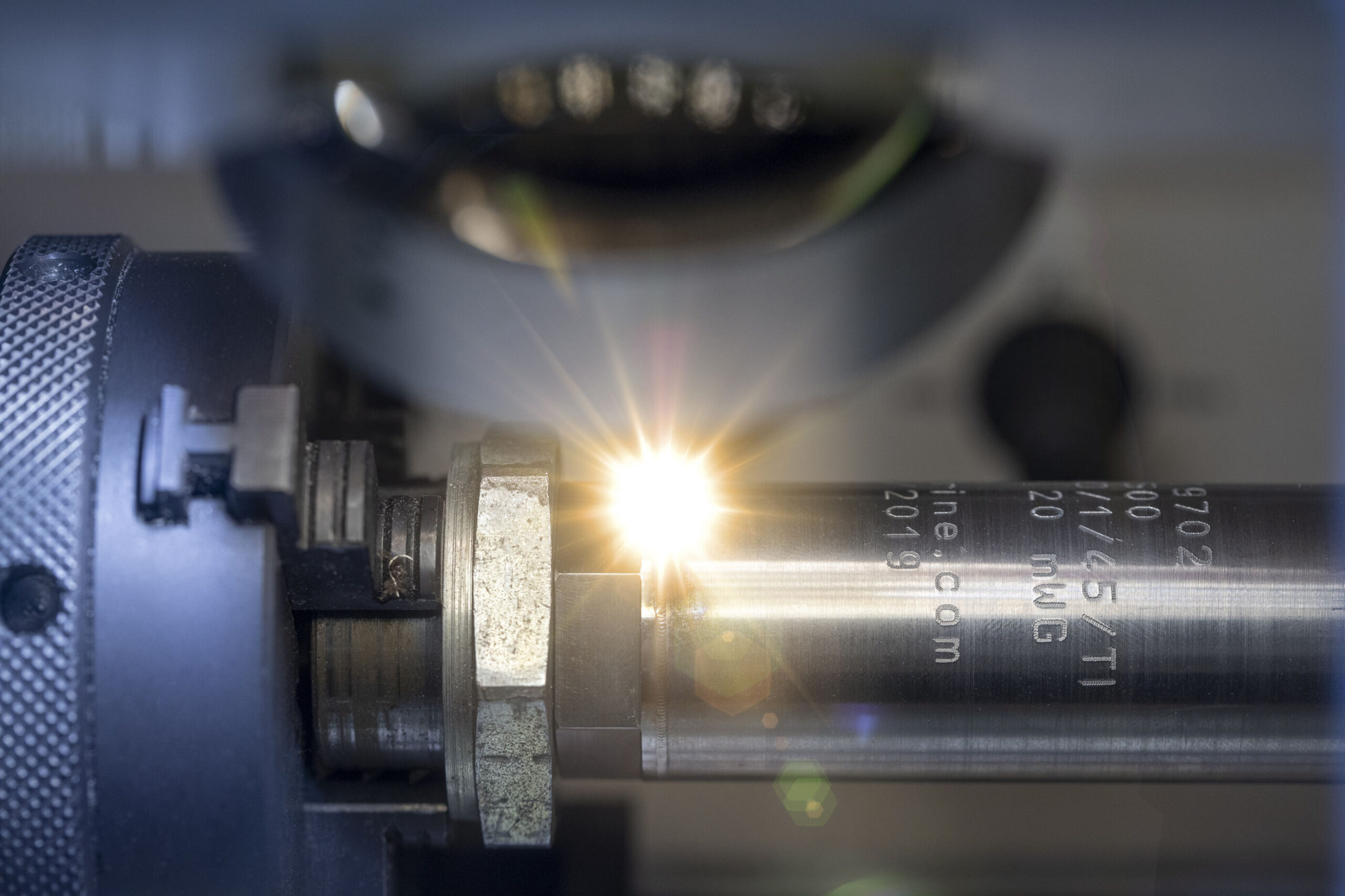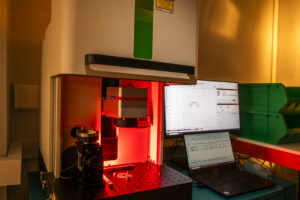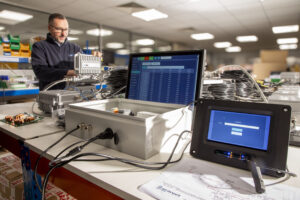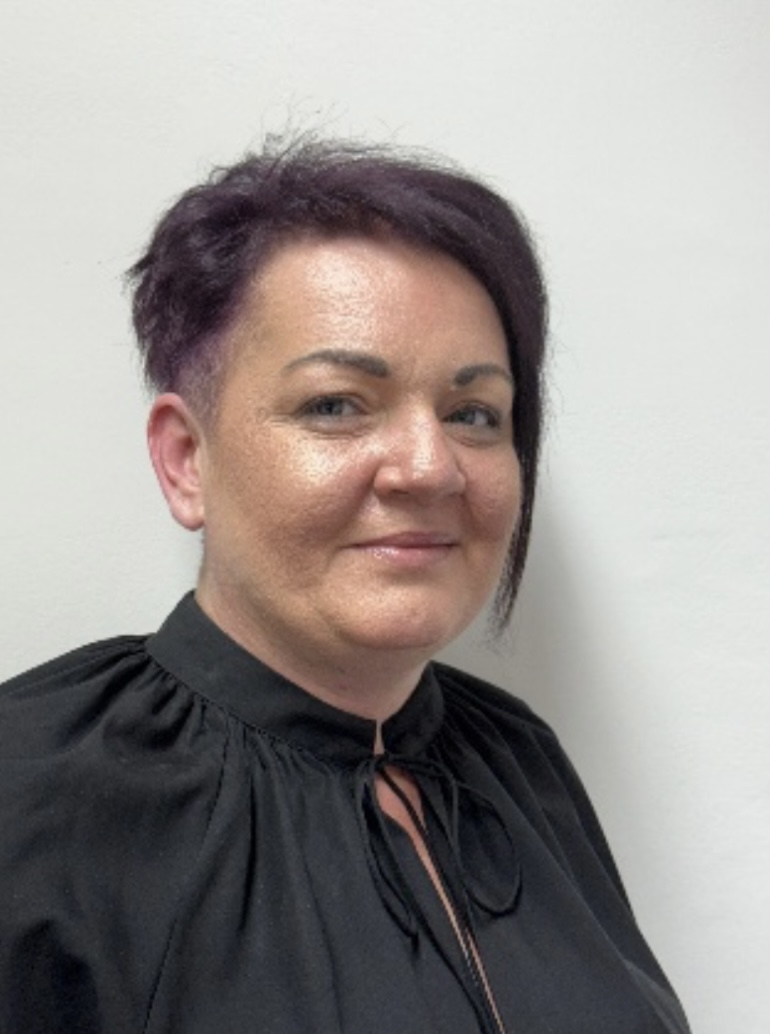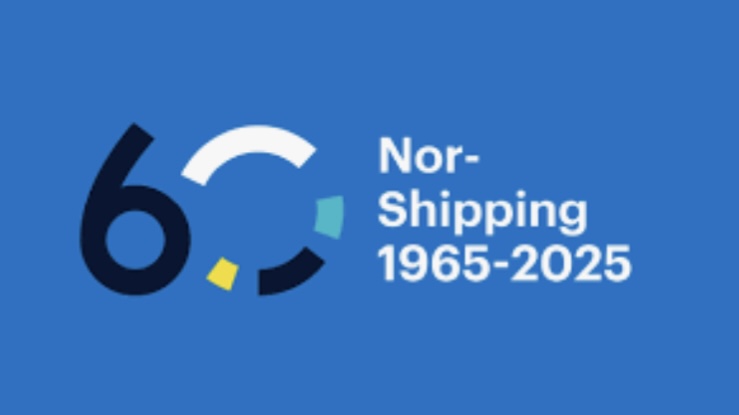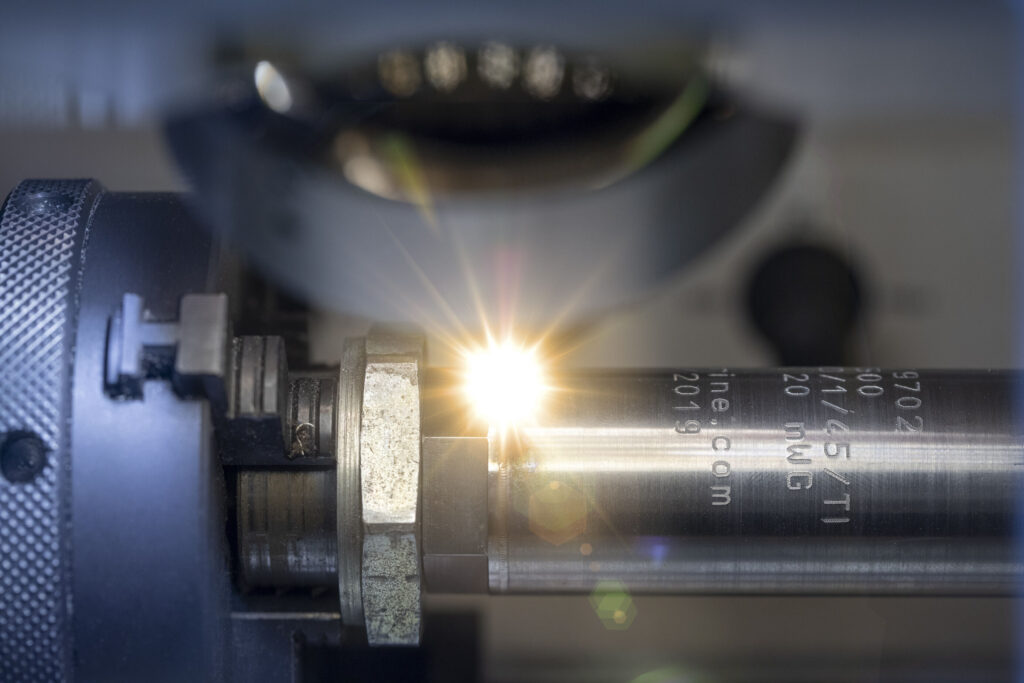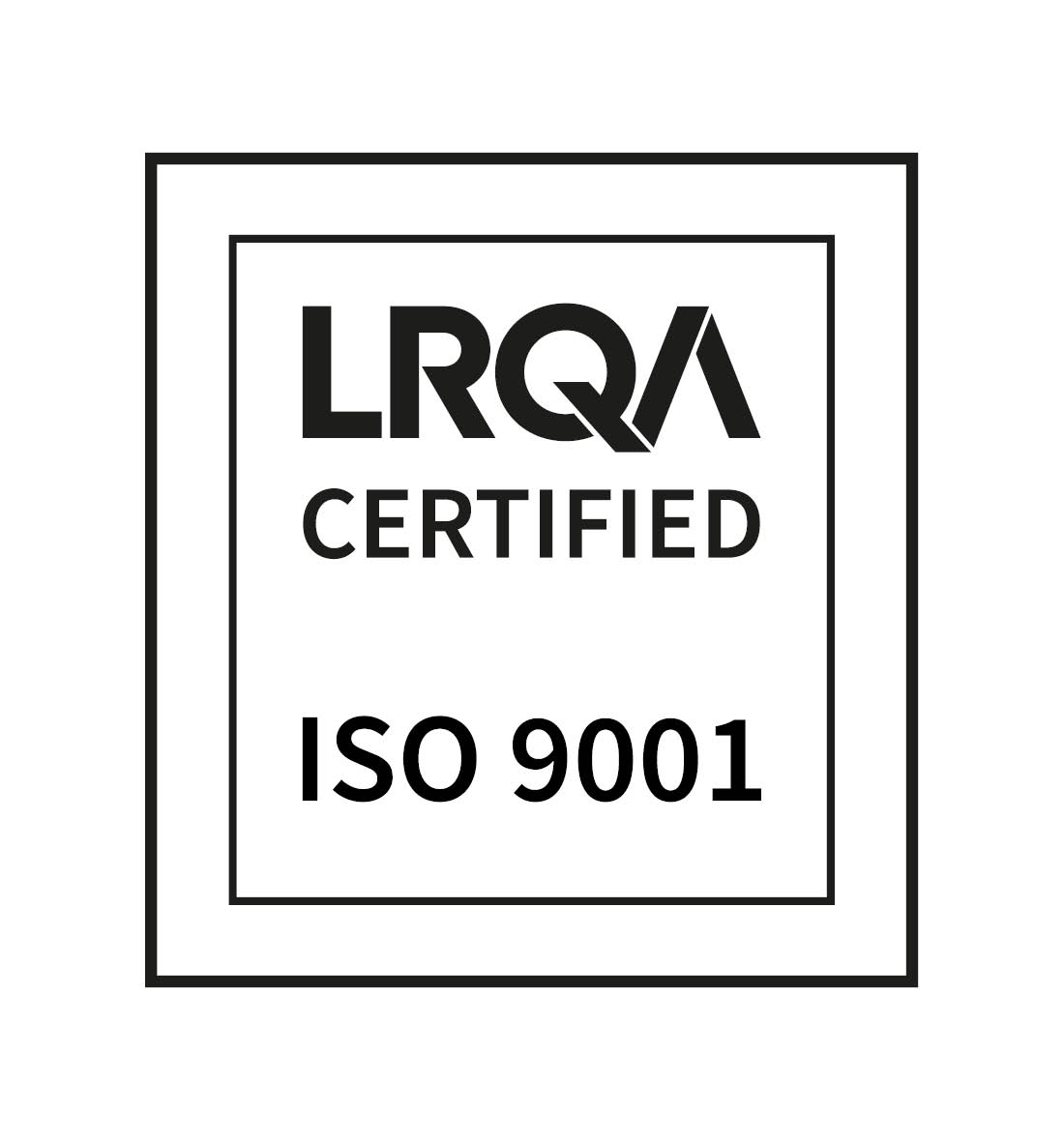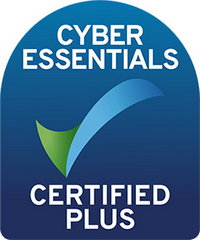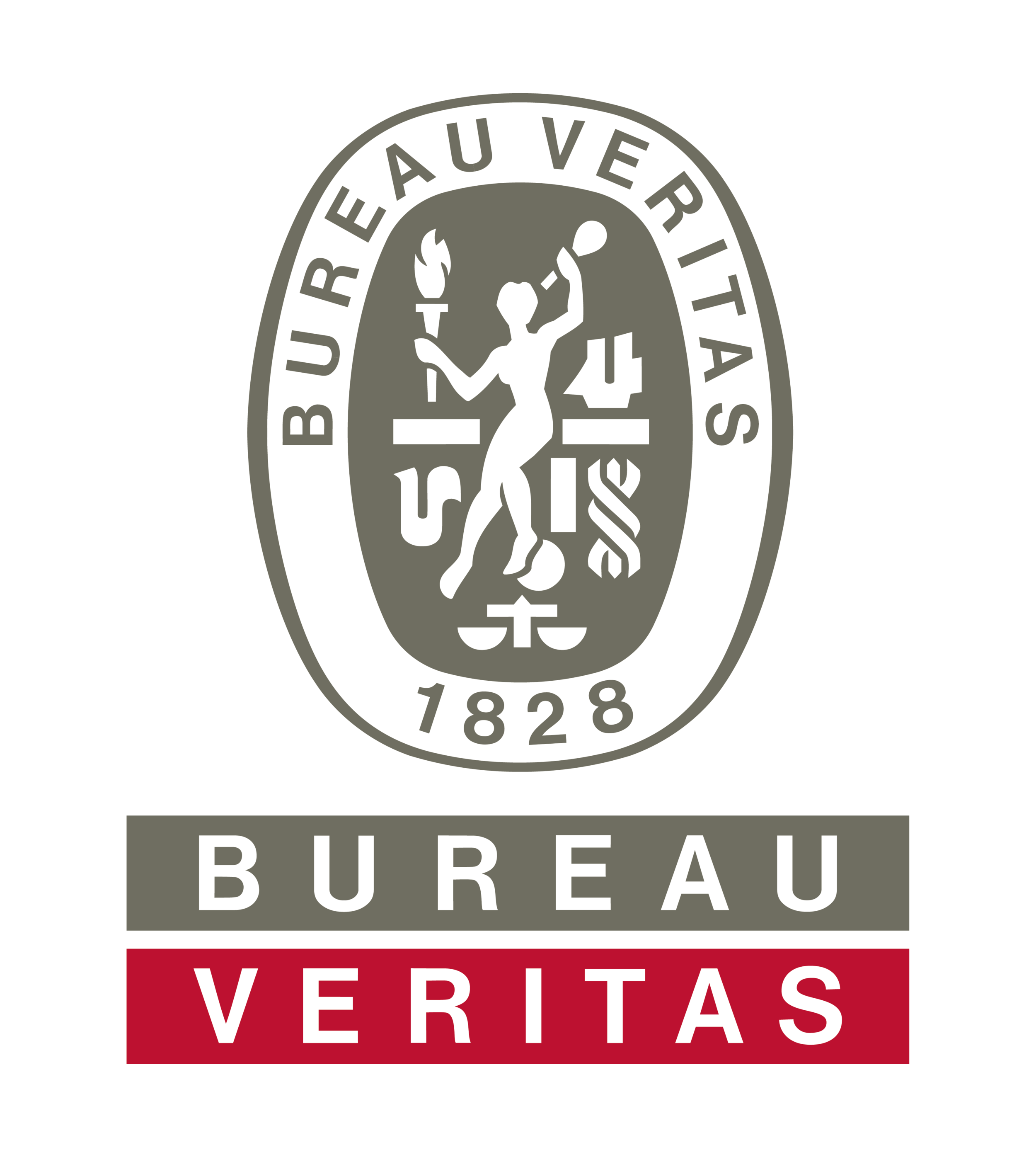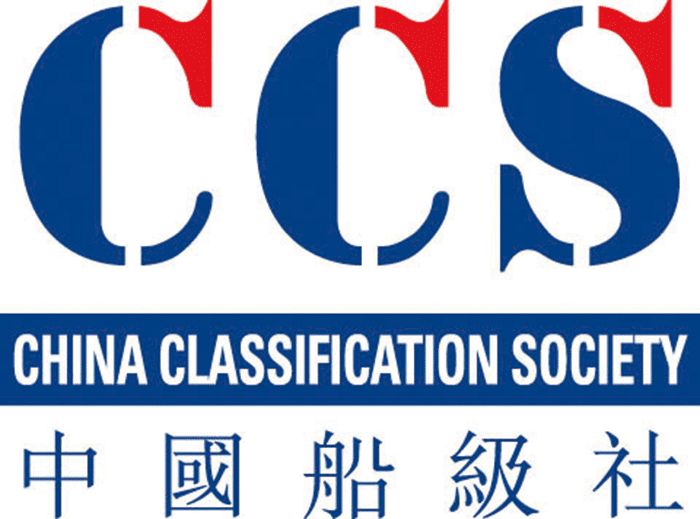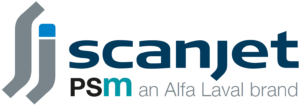2025 has been a landmark year for Scanjet PSM, marking 50 years of delivering trusted, cutting-edge marine instrumentation worldwide. From humble beginnings to becoming a recognised leader in digital tank-gauging solutions, our 50th anniversary reminds us how far we have come and excites us about the journey ahead.
50 Years Strong – The Big Milestone
This year, we proudly reflected on five decades of product innovation and marine instrumentation excellence. From early 4 – 20mA hydrostatic transmitters to today’s fully digital solutions and complete systems, our evolution mirrors the changing demands of the marine industry.
We marked our 50 years with an anniversary celebration for our team with a day of recognition and thanks, and an opportunity to honour our many long-serving colleagues.
Major Project Wins and Flagship Deliveries
This year, we secured and delivered a number of significant marine instrumentation projects spanning superyachts, military vessels, cruise ships and new-build commercial vessels, reinforcing Scanjet PSM as a trusted supplier at the highest level. Some of these notable deliveries include supplying advanced tank gauging systems to new-build vessels, for global customers including Macduff Shipyard, Navantia, Babcock, Turquoise Yachts, Alexandria Shipyard, Asenav Shipyard, and a state-of-the-art tank monitoring system for the Magellan Discoverer expedition Antarctica cruise ship.
These wins highlight our versatility, from tugs, large naval and commercial vessels to high-end yachts, and the trust clients place in our digital tank-gauging systems.
Strengthening and Expanding Key Partnerships
Partnerships remain at the heart of our success. In 2025 we deepened long-standing collaborations and forged new relationships that extend our global reach. We celebrated over two decades of collaboration with Aries, our trusted Spanish partner. Their support remains pivotal for our success in Spain’s naval market. We officially appointed PEP ARAB as our agent in Egypt. Launching with the delivery and commissioning of instrumentation systems for multiple tug-boat new-builds at leading Egyptian shipyards, the partnership is already delivering real results. Our growing partnership with DOP has seen our footprint expand in Turkey, securing new projects in 2025, a highlight being Geta Shipyard for three vessels for the Malaysia Navy. Finally, our partnership with Terasaki Singapore, now spanning more than 10 years, continues to thrive. Together, we supply comprehensive marine instrumentation solutions to clients in Asia across a wide variety of vessel types.
These collaborations underscore our commitment to global support and local service, enabling clients worldwide to benefit from Scanjet PSM’s technology with trusted local representation.
Looking Ahead – The Next 50 Years
As we reflect on 50 years in 2025, one truth stands above everything else: our people have always been the core of who we are. Technologies evolve and industries shift, but the spirit, skill, and commitment of our employees have shaped every chapter of our story. We thank them for making 2025 another successful year!
We are more energised than ever about what comes next, and we would like to thank all our customers, partners and agents for being part of this journey. Here’s to the next 50 years of innovation, reliability and marine excellence.
Our Scanjet PSM offices will be closed from 24th December through to 2nd January. We would like to take this opportunity to wish you all Seasons Greetings and our best wishes for 2026. We look forward to working with you in the New Year and beyond.
